Home>Gardening & Outdoor>Landscaping Ideas>What To Put Under Hot Tub On Grass
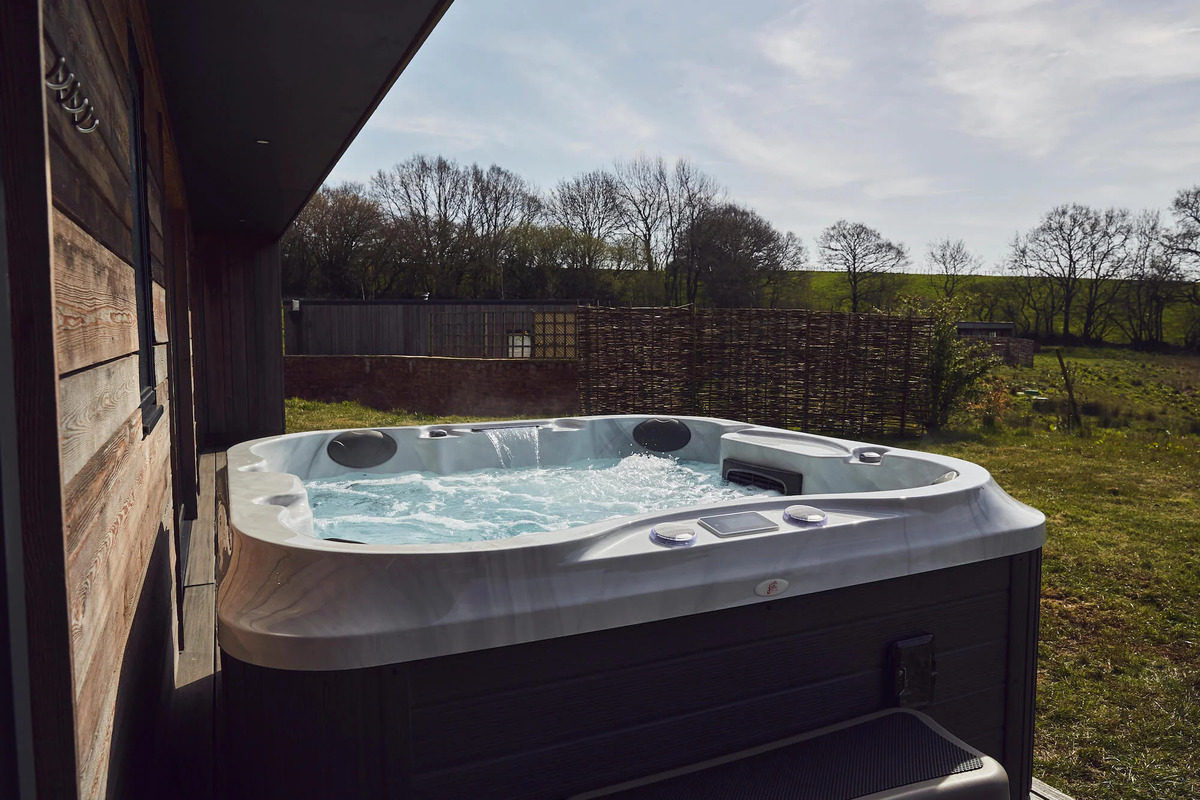

Landscaping Ideas
What To Put Under Hot Tub On Grass
Modified: February 18, 2024
Discover landscaping ideas for what to put under your hot tub on grass. Find practical and stylish solutions to enhance your outdoor space. Explore options for a beautiful and functional hot tub area.
(Many of the links in this article redirect to a specific reviewed product. Your purchase of these products through affiliate links helps to generate commission for Storables.com, at no extra cost. Learn more)
Introduction
Read more: What Should You Put Under A Hot Tub
Introduction
Placing a hot tub in your backyard can transform it into a luxurious oasis, providing a perfect spot for relaxation and entertainment. However, ensuring that your hot tub is properly installed is crucial for its longevity and performance. One of the key decisions to make when setting up a hot tub is determining what to put under it, especially if you plan to place it on grass. This article will explore the various options for creating a stable and suitable base for your hot tub on grass, outlining the benefits and drawbacks of each approach.
Installing a hot tub directly on grass can lead to issues such as uneven weight distribution, sinking, and potential damage to the grass beneath it. Therefore, it's essential to consider the best practices for preparing the ground and selecting the right materials to support your hot tub. By understanding the options available and the implications of each choice, you can make an informed decision that will contribute to the longevity and enjoyment of your hot tub.
In the following sections, we will delve into the benefits of placing a base under a hot tub, explore the various options for placing a hot tub on grass, discuss the pros and cons of different base materials, and provide guidance on preparing the grass for this purpose. Whether you're a hot tub enthusiast looking to set up a new installation or seeking to optimize an existing setup, this comprehensive guide will equip you with the knowledge needed to make informed decisions and ensure a stable and enjoyable hot tub experience.
Key Takeaways:
- Creating a stable base for your hot tub on grass is crucial for its longevity and performance. Options like concrete pads, interlocking pavers, gravel beds, and prefabricated base systems offer unique benefits and considerations to suit your needs.
- Properly preparing the grass beneath your hot tub is essential for a stable and long-lasting installation. Clearing the area, leveling the ground, addressing drainage, and considering future access are key steps to ensure the stability and overall health of the installation site.
Benefits of Placing a Base Under a Hot Tub
When it comes to installing a hot tub, placing a suitable base underneath it offers several important benefits that contribute to the overall functionality and longevity of the setup.
1. Stability and Support: A solid base provides stability for the hot tub, ensuring that it remains level and secure. This is particularly crucial for hot tubs placed on grass, as the natural ground may not offer the necessary support to prevent shifting or sinking over time.
2. Weight Distribution: By distributing the weight of the hot tub more evenly, a well-constructed base helps to minimize the impact on the ground below. This is essential for preventing the tub from sinking into the grass, which can lead to instability and potential damage to the hot tub.
3. Protection for the Hot Tub: A base acts as a protective barrier, shielding the bottom of the hot tub from moisture, pests, and other potential hazards present in the grass or soil. This helps to maintain the integrity of the hot tub and prevent damage that could compromise its functionality.
4. Enhanced Insulation: Some base materials offer insulation benefits, helping to retain heat and improve energy efficiency. This can reduce the hot tub’s energy consumption and contribute to more consistent water temperatures, especially in colder climates.
5. Improved Aesthetics: A well-designed base can enhance the overall appearance of the hot tub area, creating a more polished and integrated look within your backyard landscape. It can also help to define the space and provide a cleaner, more organized setting for your hot tub.
By considering these benefits, it becomes clear that placing a base under a hot tub is a valuable investment that can positively impact its performance, durability, and visual appeal. As we explore the options for placing a hot tub on grass and the pros and cons of different base materials, it’s important to keep these advantages in mind to make an informed decision that aligns with your specific needs and preferences.
Options for Placing a Hot Tub on Grass
When it comes to setting up a hot tub on grass, several options are available to create a suitable foundation that ensures stability and protects the grass underneath. Each option offers distinct advantages and considerations, allowing you to select the most appropriate approach based on your specific requirements and the characteristics of your backyard.
1. Concrete Pad: Constructing a concrete pad provides a durable and level surface for the hot tub. While this option requires more extensive preparation and investment, it offers excellent stability and long-term support. Additionally, a concrete pad effectively protects the grass from damage caused by moisture and weight, making it a reliable choice for a permanent hot tub installation.
2. Interlocking Pavers: Interlocking pavers offer a versatile and visually appealing base option. These individual units can be arranged to create a stable foundation for the hot tub while allowing for efficient water drainage. Interlocking pavers also provide a customizable aesthetic, allowing you to enhance the visual appeal of the hot tub area while protecting the grass underneath.
3. Gravel Bed: A gravel bed serves as a cost-effective and relatively easy-to-implement base for a hot tub on grass. By spreading a layer of gravel and compacting it to create a level surface, you can effectively support the hot tub while promoting drainage and preventing grass damage. Gravel also offers natural permeability, allowing rainwater to seep into the ground without creating standing water around the hot tub.
4. Prefabricated Base Systems: Prefabricated base systems, such as plastic or composite grids, are designed specifically to provide a stable foundation for hot tubs. These modular systems feature interlocking components that can be assembled on the grass to create a supportive platform. They offer the advantages of easy installation, efficient water drainage, and minimal disruption to the underlying grass.
By exploring these options, you can identify the most suitable approach for placing your hot tub on grass, taking into account factors such as budget, desired permanence, aesthetic preferences, and the specific characteristics of your backyard. The next step is to consider the pros and cons of different base materials to make an informed decision that aligns with your needs and ensures a successful hot tub installation.
Pros and Cons of Different Base Materials
When considering the base materials for placing a hot tub on grass, it’s essential to weigh the advantages and disadvantages of each option to make an informed decision that aligns with your specific requirements and preferences.
Concrete Pad:
- Pros: Provides exceptional stability and durability, protects grass from damage, offers long-term support, and facilitates easy hot tub maintenance.
- Cons: Requires significant preparation and expense, may be more challenging to modify or remove, and can create a permanent alteration to the landscape.
Interlocking Pavers:
- Pros: Offers versatility in design and layout, allows for efficient water drainage, provides a stable and level surface, and can be adjusted or expanded as needed.
- Cons: Requires careful installation to ensure stability, individual units may shift over time, and regular maintenance may be needed to prevent weed growth between the pavers.
Gravel Bed:
- Pros: Cost-effective and relatively easy to install, promotes efficient drainage, minimizes grass damage, and offers natural permeability for rainwater.
- Cons: May require periodic leveling and replenishing, can be less visually appealing than solid surfaces, and may shift under the weight of the hot tub.
Prefabricated Base Systems:
- Pros: Easy to install and reconfigure, promotes effective water drainage, minimizes disruption to the grass, and provides a stable and supportive platform for the hot tub.
- Cons: Initial cost may be higher than some other options, limited design customization, and may not offer the same long-term durability as solid surfaces.
By evaluating these pros and cons, you can gain valuable insights into the characteristics and implications of different base materials for placing a hot tub on grass. Consider the specific conditions of your backyard, your aesthetic preferences, and the level of permanence you desire to determine the most suitable option for your hot tub installation.
Consider using a protective ground mat or a concrete pad to place under your hot tub on grass. This will provide a stable and level surface, prevent damage to the grass, and help with drainage.
How to Prepare the Grass for Placing a Hot Tub
Proper preparation of the grass beneath a hot tub is essential to ensure a stable and long-lasting installation. By taking the necessary steps to prepare the ground, you can minimize the risk of sinking, promote efficient drainage, and protect the grass from damage. Here are the key considerations for preparing the grass for placing a hot tub:
1. Clear the Area: Begin by clearing the designated area of any debris, rocks, or vegetation. This includes removing grass, weeds, and roots to create a clean and level surface for the hot tub base. Ensuring that the ground is free of obstructions will contribute to the stability and integrity of the installation.
2. Level the Ground: Use a shovel, rake, or leveling tool to even out the ground where the hot tub will be placed. A level surface is essential for the stability of the base and the hot tub itself. Address any uneven areas or slopes to prevent the hot tub from leaning or shifting once it is in place.
3. Consider Drainage: Evaluate the drainage characteristics of the area to prevent water accumulation beneath the hot tub. If necessary, incorporate measures such as creating a slight slope away from the hot tub location or incorporating drainage channels to direct water away from the installation site.
4. Install a Barrier: To protect the grass from moisture and potential damage, consider installing a barrier such as landscaping fabric or a moisture-resistant membrane. This barrier can help prevent weed growth, reduce the risk of ground erosion, and maintain the overall health of the grass beneath the hot tub.
5. Address Permeability: If using materials such as gravel or interlocking pavers for the hot tub base, ensure that the ground beneath is sufficiently permeable to allow for natural water absorption. This will prevent water from pooling beneath the hot tub and contribute to the overall health of the grass and soil in the area.
6. Consider Future Access: If you anticipate the need for maintenance or potential hot tub replacement in the future, consider creating access points or pathways that allow for easy maneuvering of equipment and components. This foresight can streamline future maintenance and minimize disruption to the grass and landscape.
By following these steps to prepare the grass for placing a hot tub, you can create a solid foundation that promotes the stability, longevity, and overall integrity of the installation. Proper preparation not only contributes to the functionality of the hot tub but also helps to maintain the health and aesthetics of your backyard landscape.
Conclusion
Setting up a hot tub on grass offers the opportunity to create a relaxing and visually appealing outdoor retreat. By carefully considering the options for creating a suitable base and preparing the grass beneath the hot tub, you can ensure a stable and long-lasting installation that enhances your outdoor living space.
Understanding the benefits of placing a base under a hot tub, including stability, weight distribution, and protection for the hot tub and grass, highlights the importance of this foundational element. Whether you opt for a concrete pad, interlocking pavers, a gravel bed, or a prefabricated base system, each option presents unique advantages and considerations that can be tailored to your specific needs and preferences.
Exploring the pros and cons of different base materials provides valuable insights into the implications of each choice, allowing you to make an informed decision that aligns with your budget, aesthetic vision, and long-term plans for your hot tub setup.
When it comes to preparing the grass for placing a hot tub, attention to detail is key. Clearing the area, leveling the ground, addressing drainage, and considering permeability and future access are essential steps that contribute to the stability and overall health of the installation site.
Ultimately, the successful placement of a hot tub on grass relies on a combination of thoughtful planning, suitable base materials, and meticulous preparation of the ground. By leveraging the information and considerations outlined in this guide, you can embark on the journey of creating a captivating and enduring hot tub oasis within your backyard landscape.
Whether you’re seeking a permanent installation or exploring temporary options, the knowledge and insights gained from this comprehensive guide will empower you to make informed decisions and set the stage for a rewarding hot tub experience. With careful planning and attention to detail, your hot tub on grass can become a cherished focal point, providing relaxation, rejuvenation, and countless memorable moments in the great outdoors.
Frequently Asked Questions about What To Put Under Hot Tub On Grass
Was this page helpful?
At Storables.com, we guarantee accurate and reliable information. Our content, validated by Expert Board Contributors, is crafted following stringent Editorial Policies. We're committed to providing you with well-researched, expert-backed insights for all your informational needs.
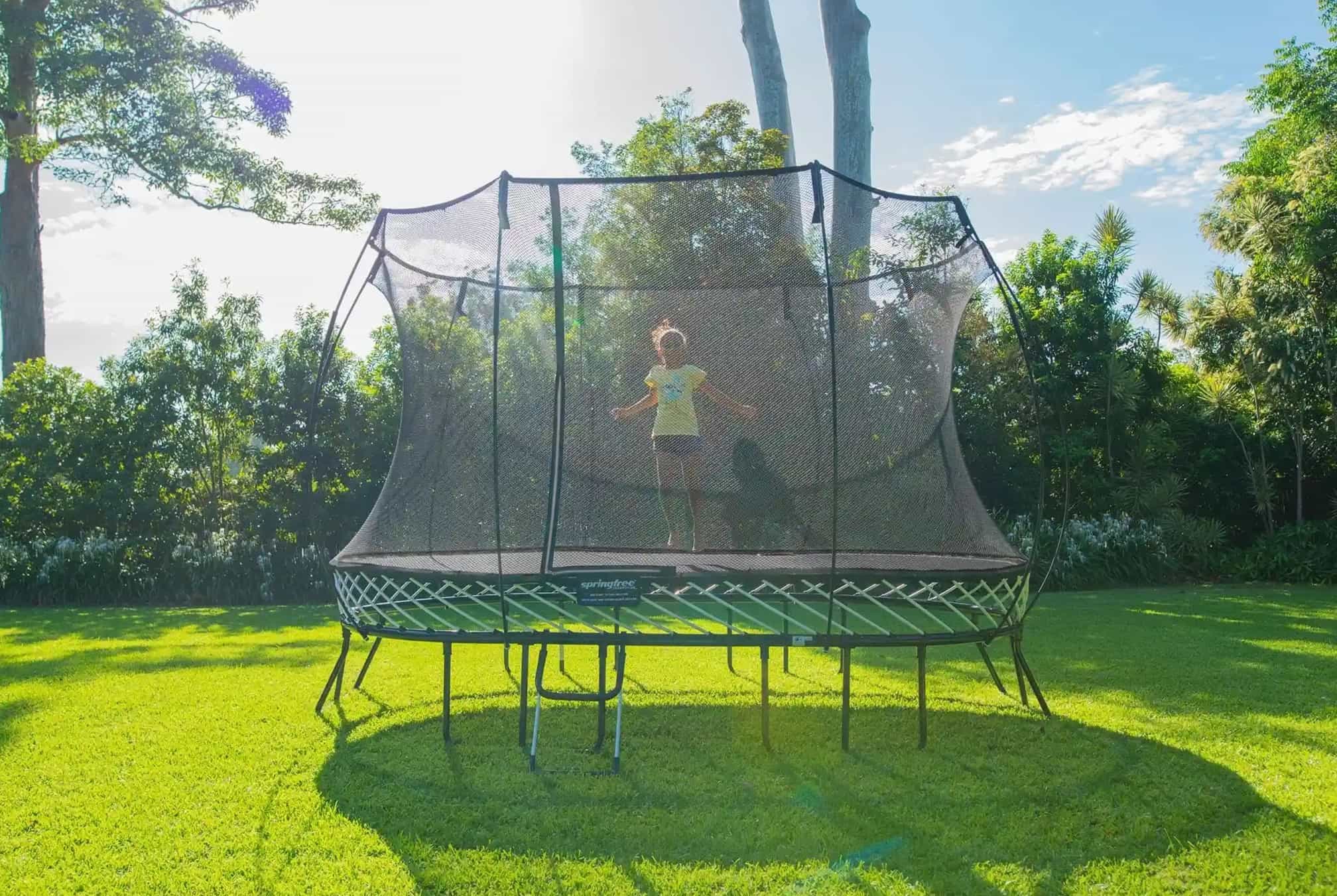
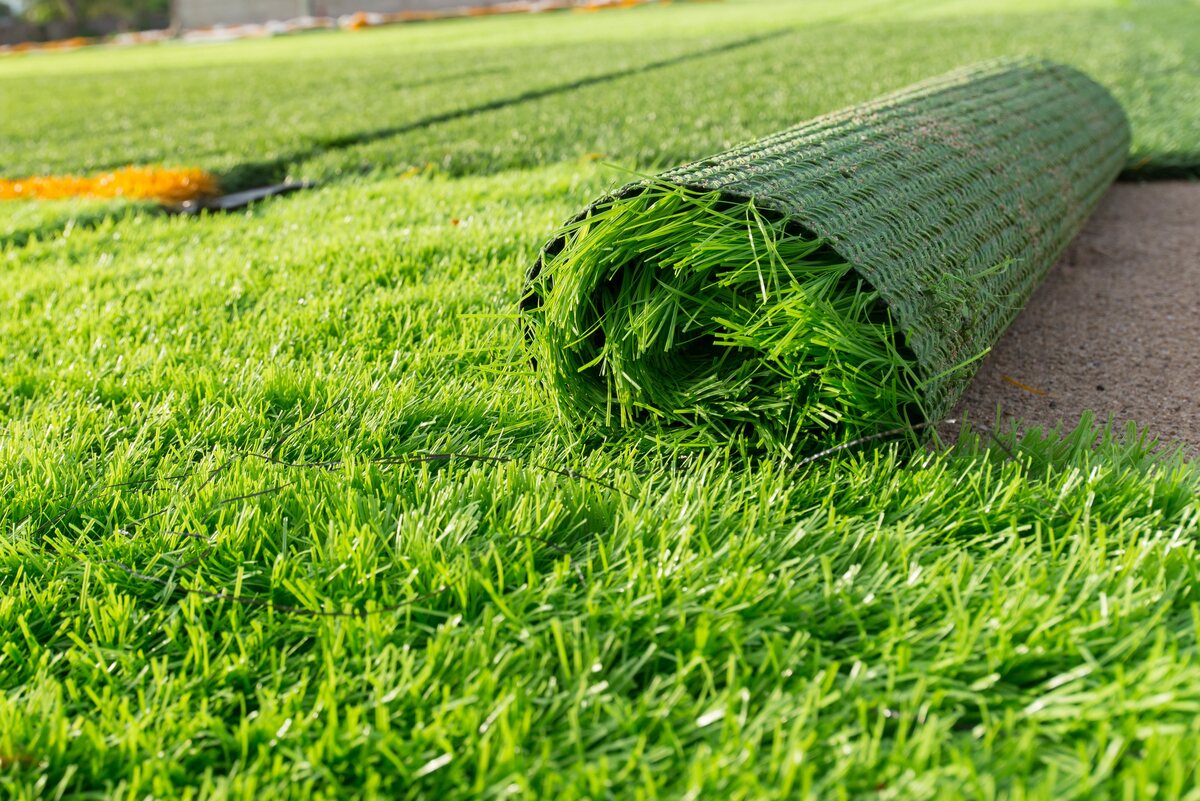
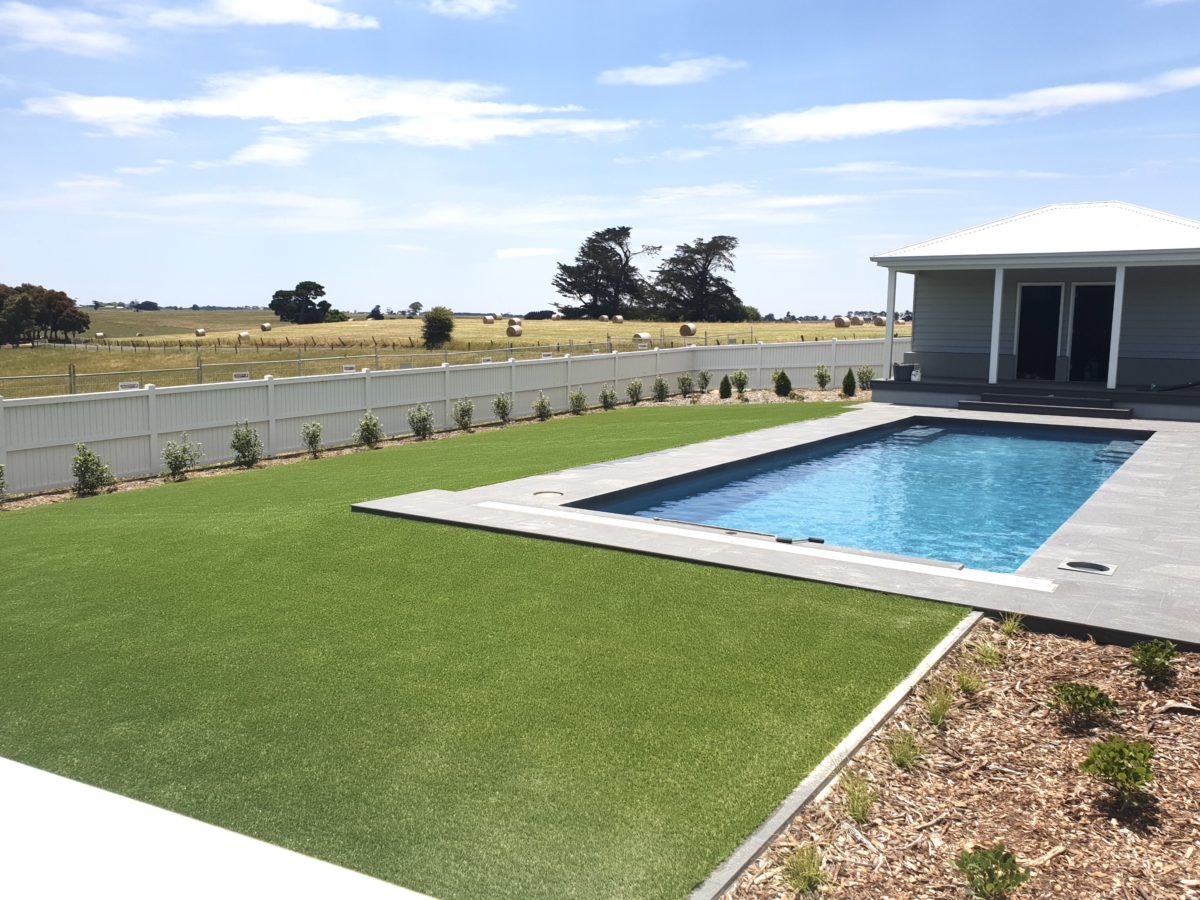
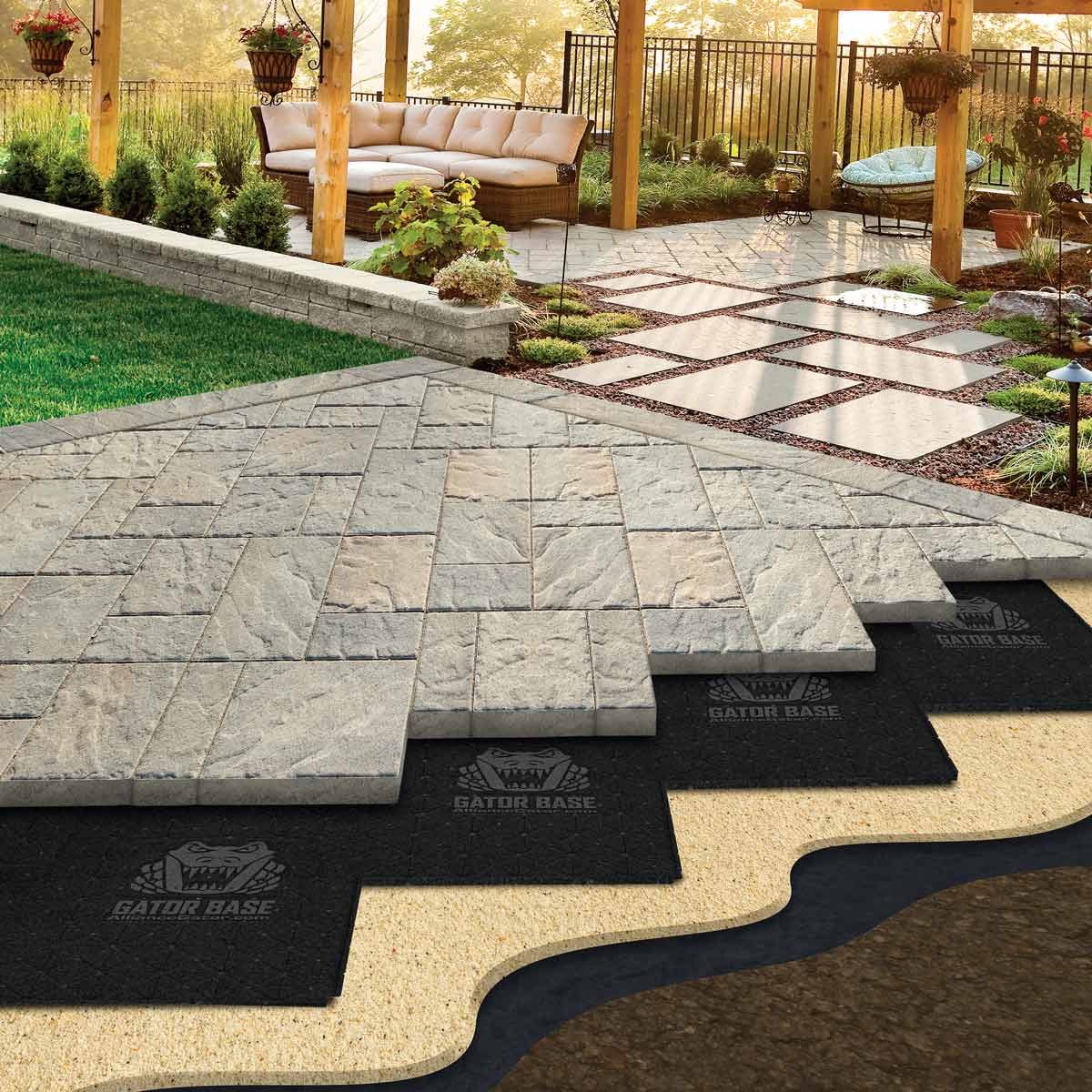
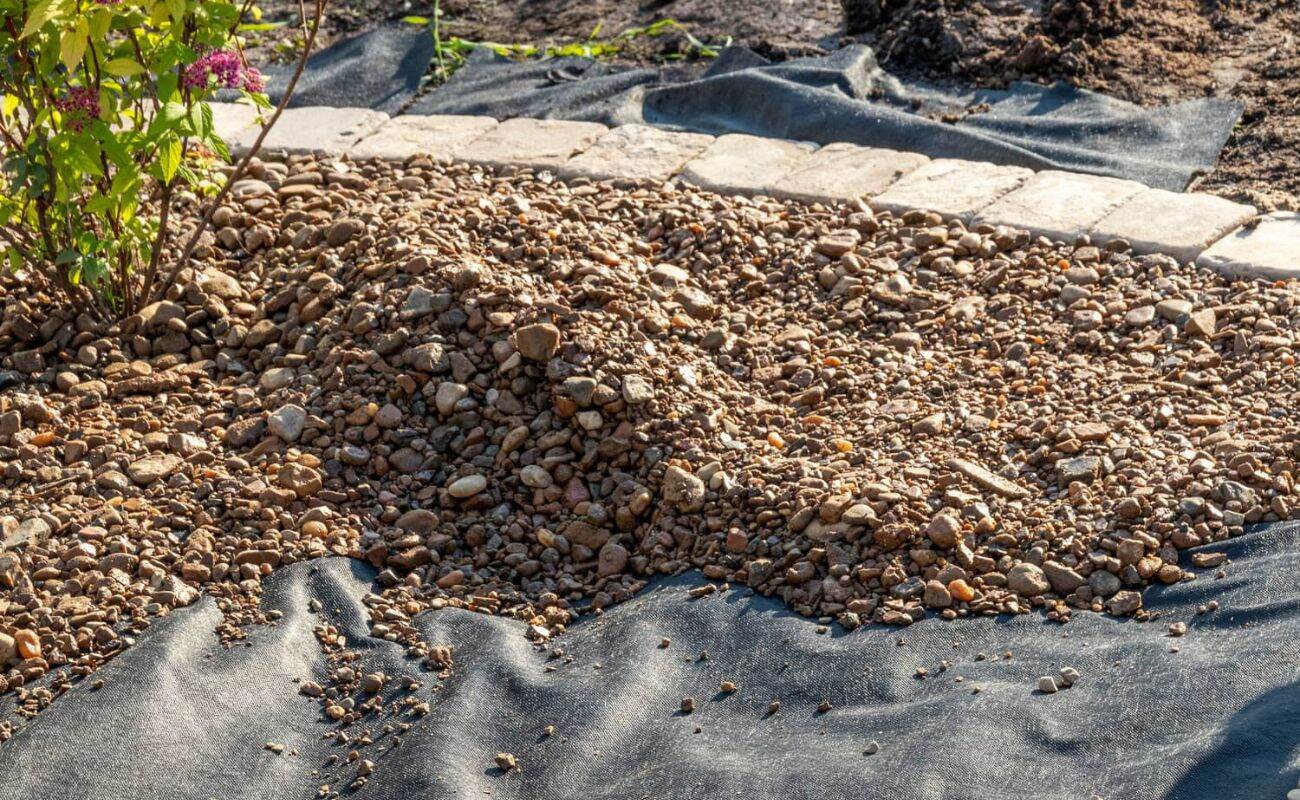
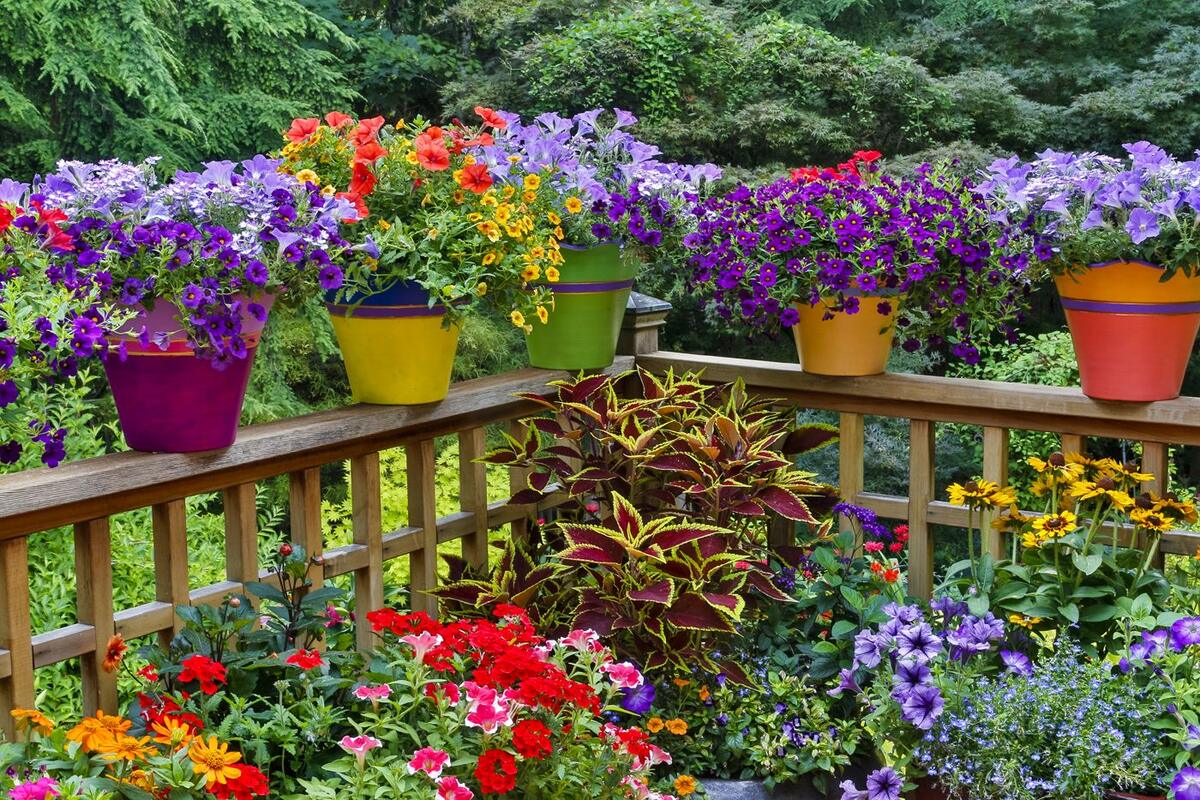
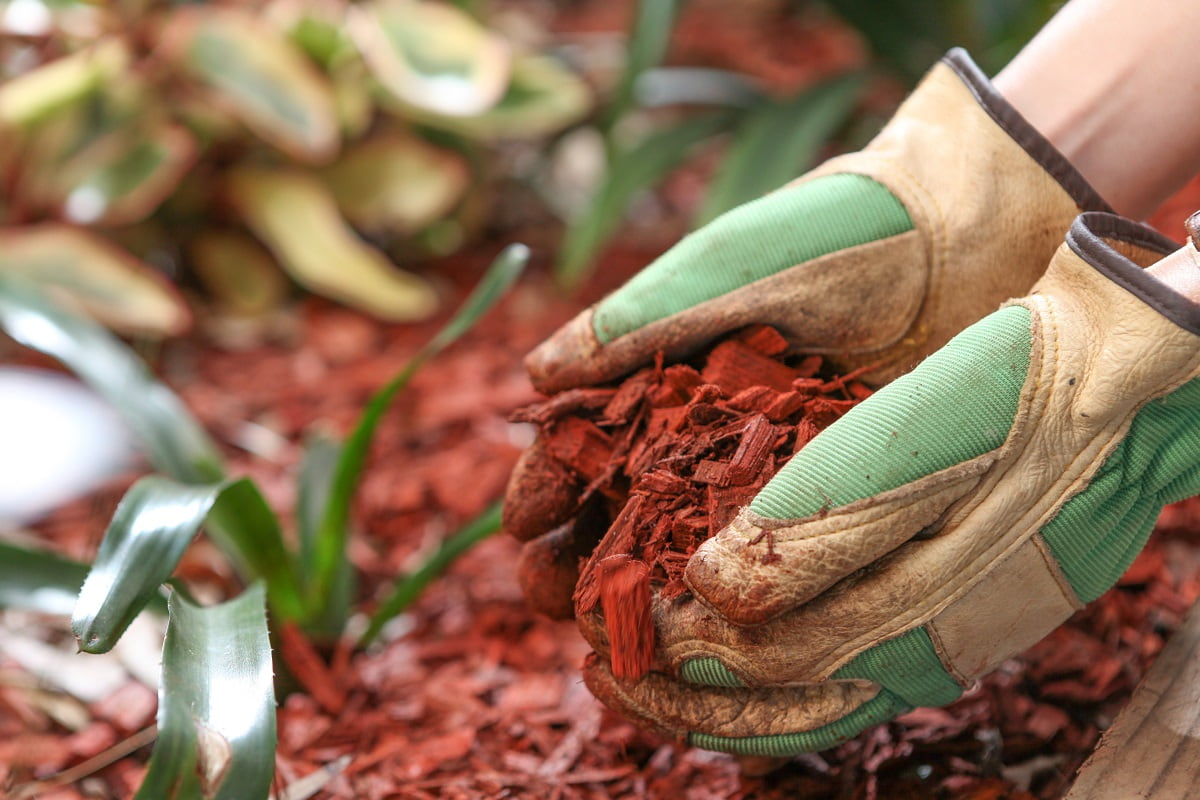
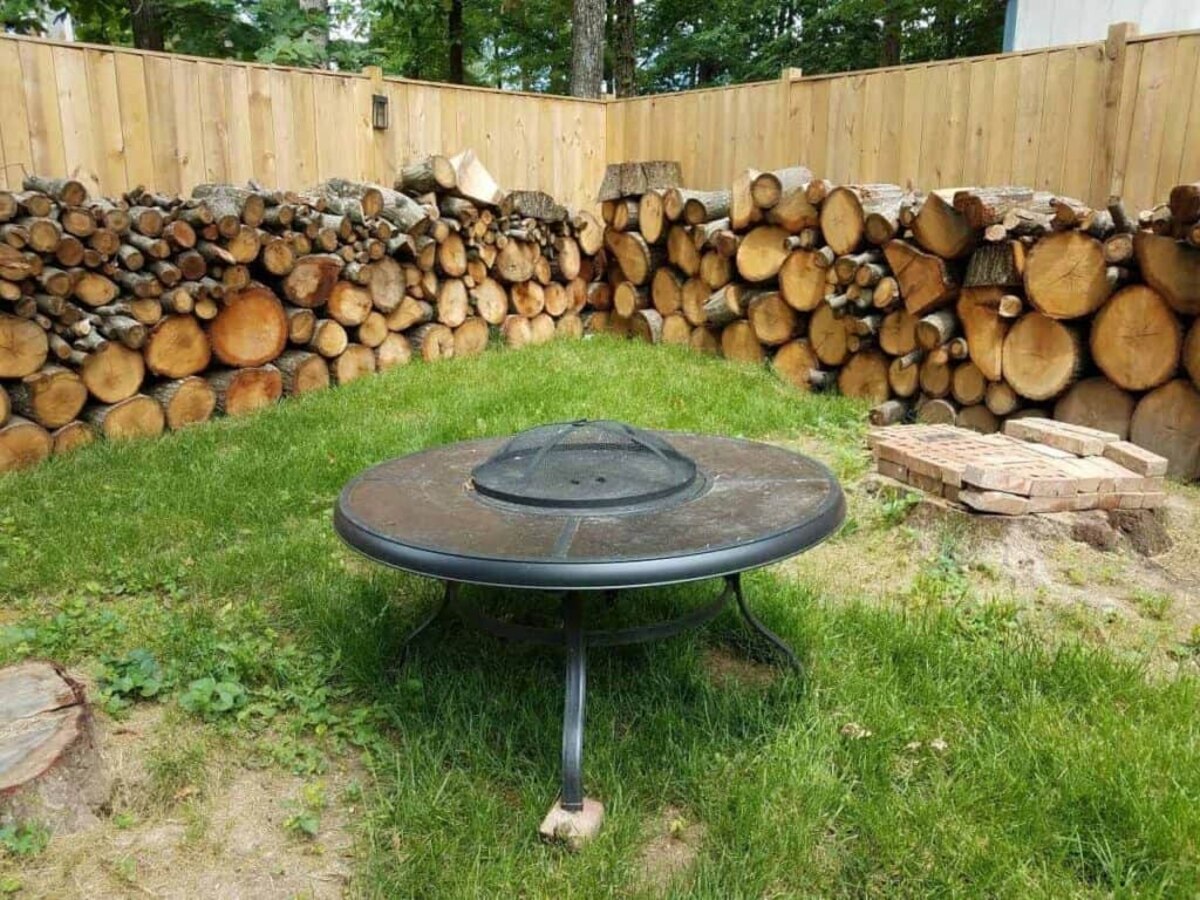
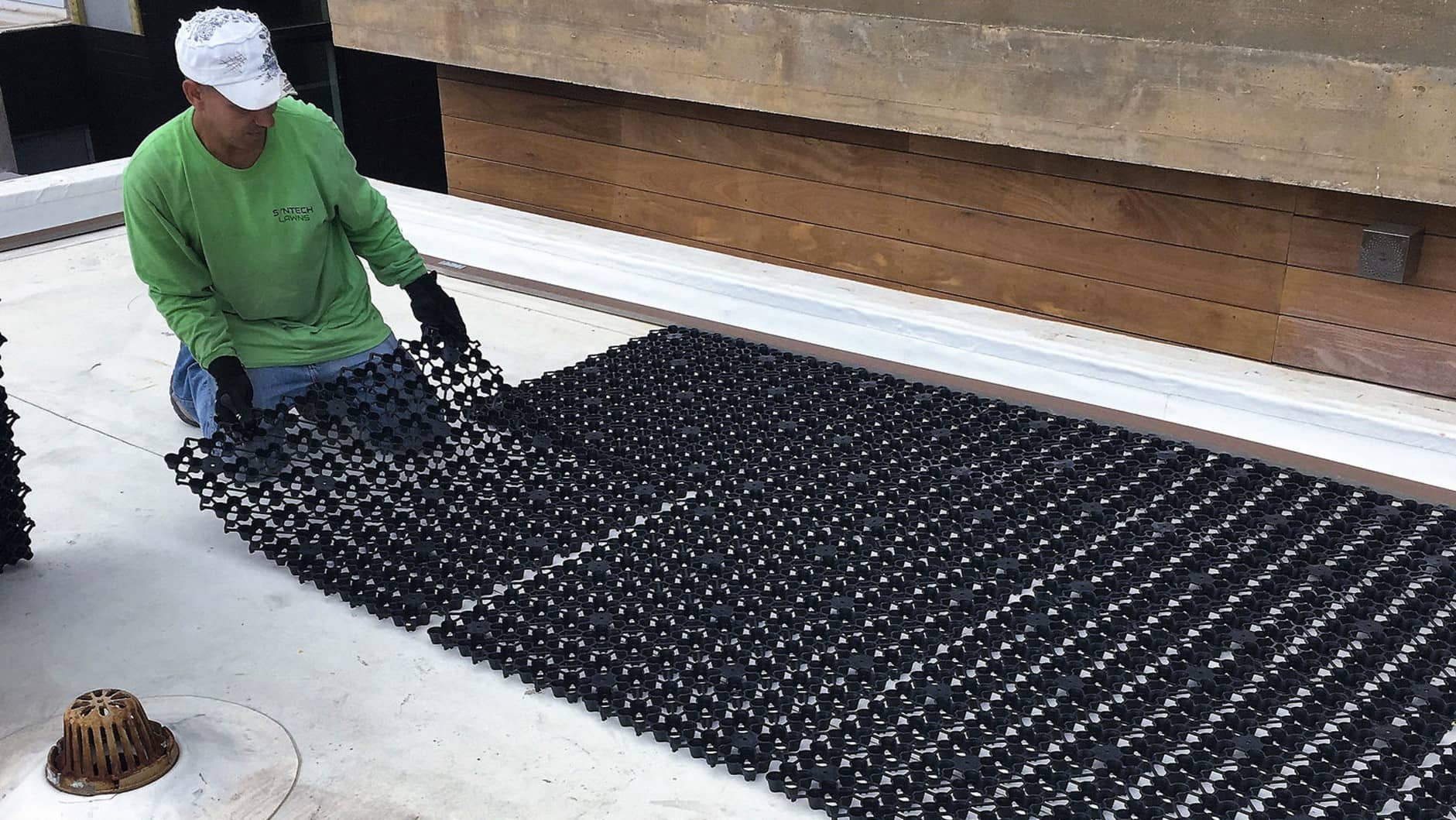
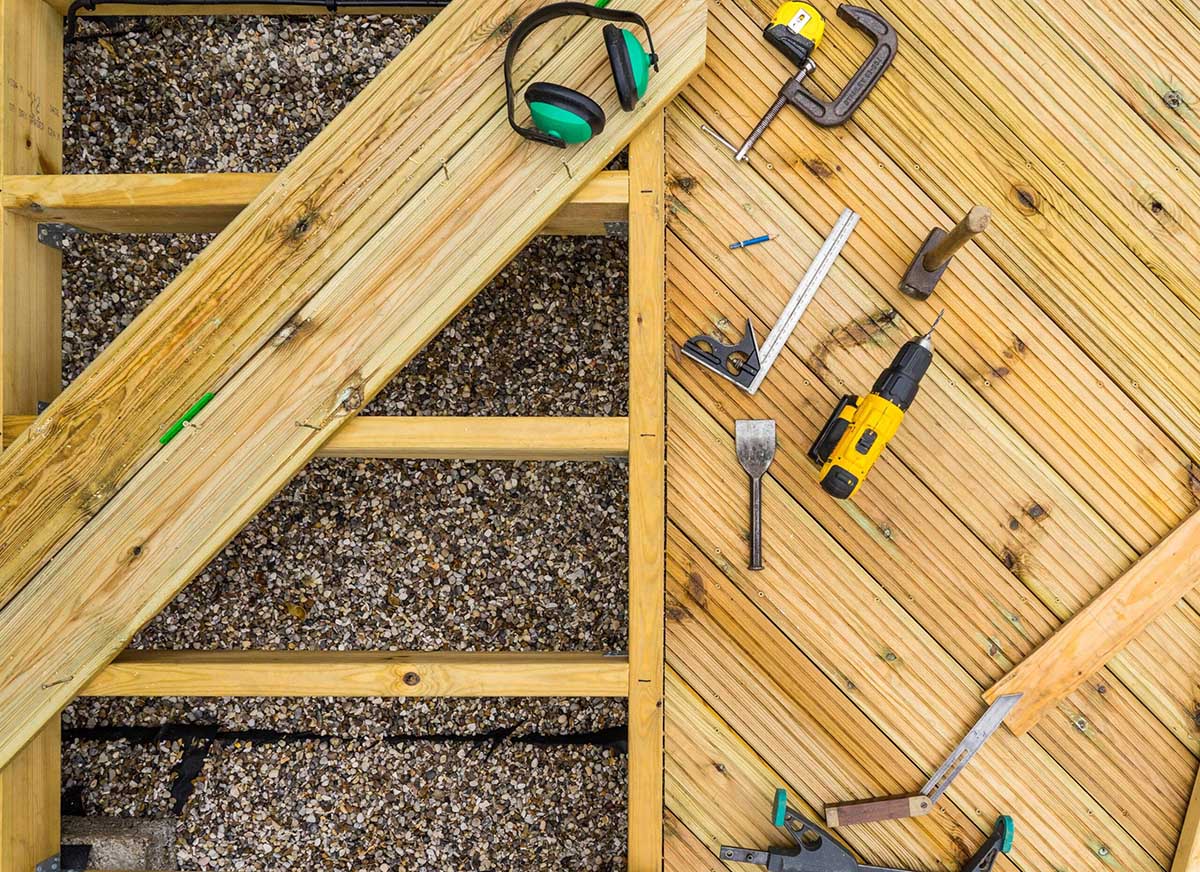
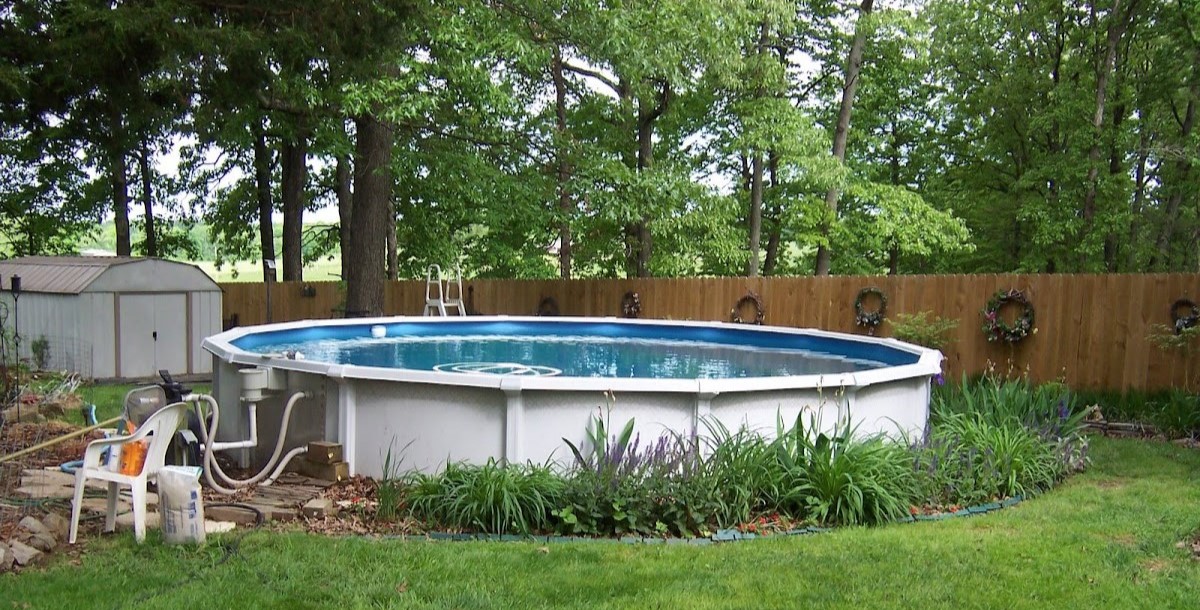
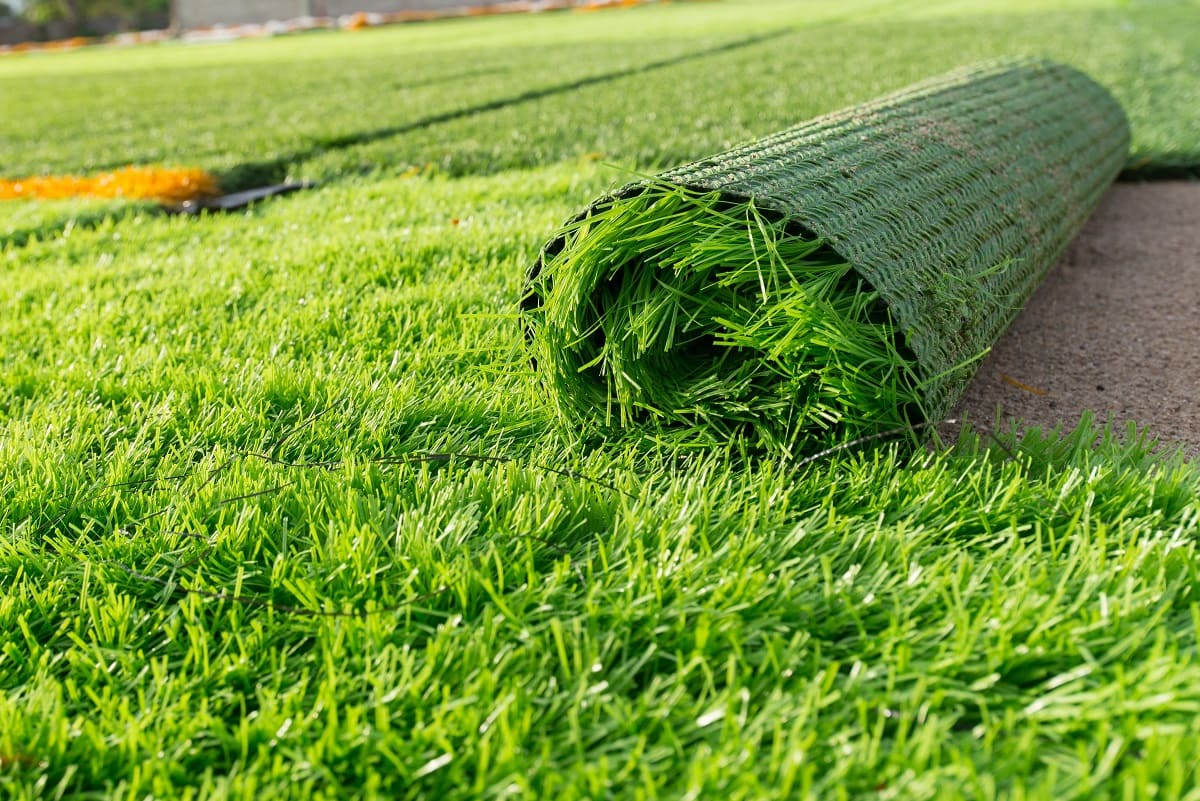
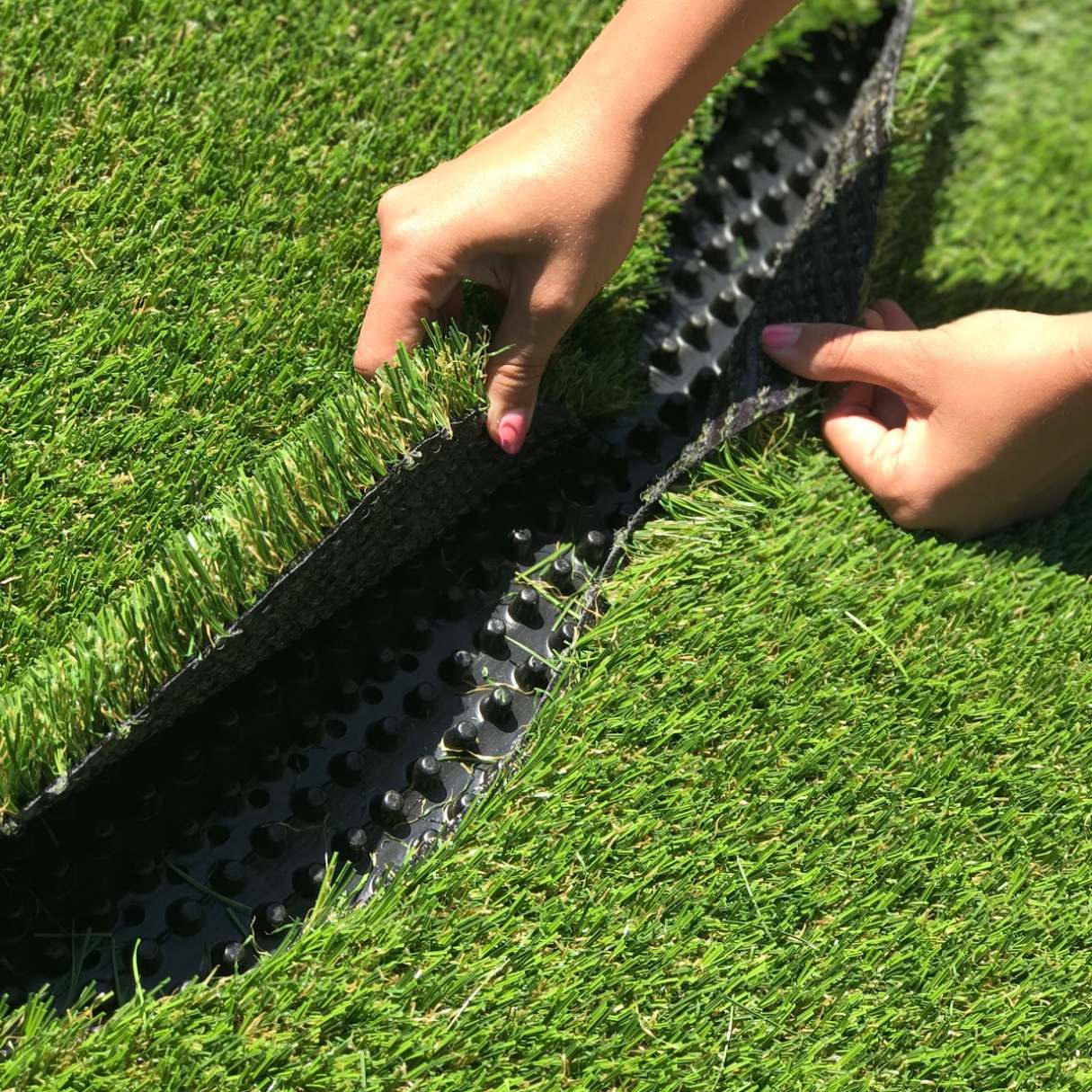
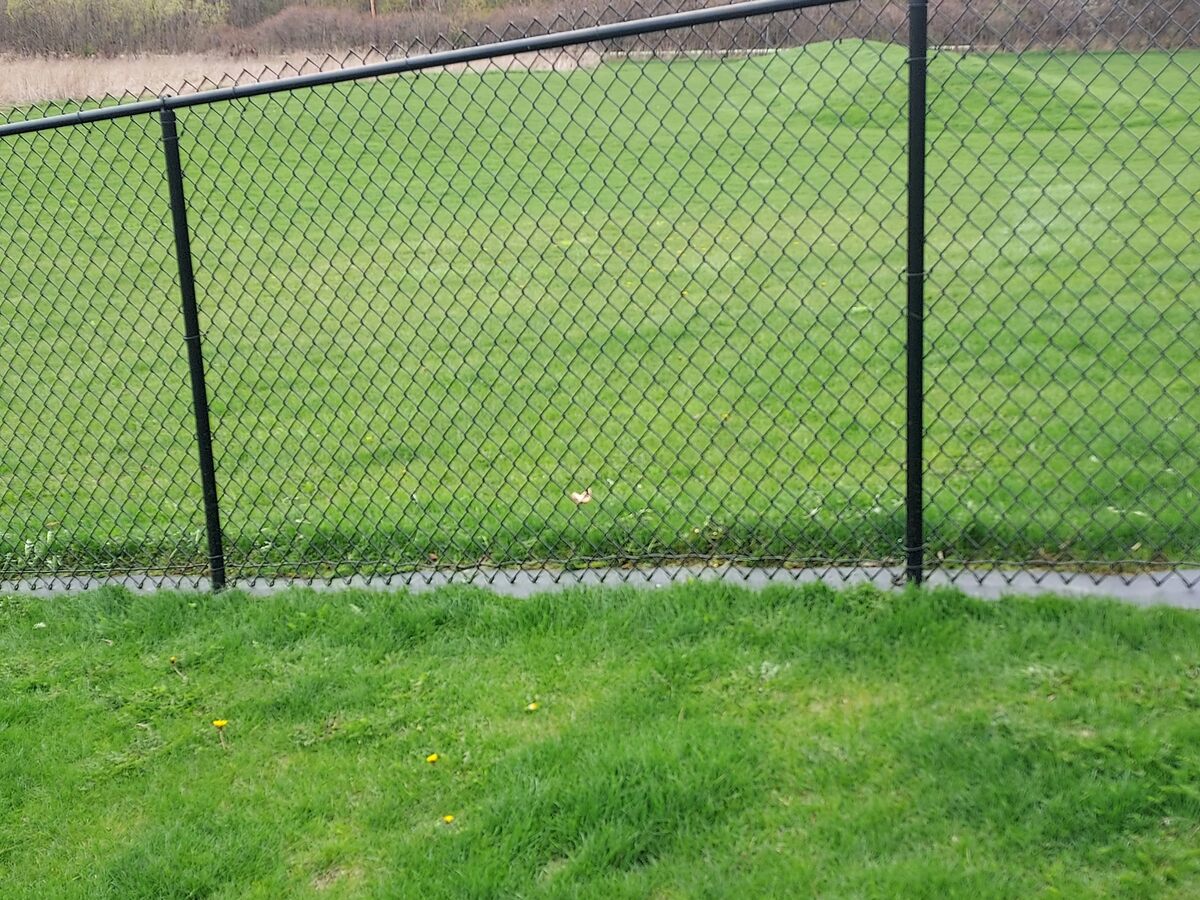

0 thoughts on “What To Put Under Hot Tub On Grass”